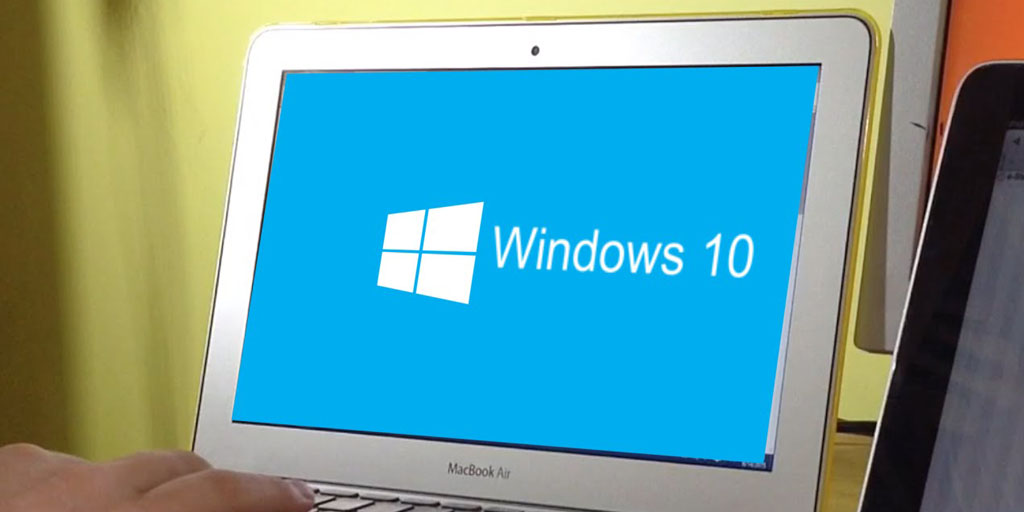M1 chip-based Macs are NOT YET SUPPORTED
PLEASE READ BEFORE ATTEMPTING TO INTALL!
Learn how to set up and use macOS. Find all the topics, resources, and contact options you need for macOS. OS X Yosemite (/ j oʊ ˈ s ɛ m ɪ t i / yoh-SEM-it-ee; version 10.10) is the eleventh major release of macOS, Apple Inc.' S desktop and server operating system for Macintosh computers. OS X Yosemite was announced and released to developers on June 2, 2014, at WWDC 2014 and released to public beta testers on July 24, 2014.
Note that the even though this Soundflower extension is signed, but the installer is not! You will have to hold the control key down to open the Soundflower.pkg installer for the first time.
Apple makes you jump through a few hoops. The first time you run the installer (Soundflower.pkg), it will ask for your admin password, and will FAIL! A security alert will appear, with a button to take you to System Preferences 'Security & Privacy - General' pane. Once there, there should be an 'Allow' button (**) that you will need to click on to give permission to use Soundflower (developer: MATT INGALLS). Then, RUN THE INSTALLER AGAIN. It should inform you installation was successful. If the 'Allow' button is disabled, you may need to click the lock icon in the bottom lower left corner first.
(**) If you see an 'Open Anyway' button in the Security Preferences, this is something different!!! Most likely because you tried (and failed) opening the installer by double clicking without holding down the control key. If so, click the 'Open Anyway' button which will display another window. Then click the 'Open' button in that window to launch the installer. Now you can follow the instructions above to get the 'Allow' button to appear in the Security Preferences.
NOTE: This is only the Soundflower kernel extension. The SoundflowerBed app is retired. A new replacement is in the works. In the meantime, you can take your chances with an older version of Soundflowerbed, but you can do a lot with a Multi-Output Aggregate Device. Here's an example:

Yosemite Supported Macs
Say i want to play some audio in iTunes, but record it in Quicktime while listening to it out of the built-in speakers. Here is how i would set it up:
*in iTunes:
start playing audio
Yosemite Supported Macs Os
Open Audio MIDI Setup: (found in /Applications/Utilities)
hit the '+' button in the bottom left corner and select 'Create Multi Output Device'
in the the panel that appears on the right, select 'Built-in Output' AND 'Soundflower (2ch)'
then hit the button with the gear icon bottom left and select 'use this device for sound output' (you should still be hearing your iTunes output -- it is now going to both Soundflower and the built-in speakers)
Yosemite Supported Macs App
Then In Quicktime:
/cdn.vox-cdn.com/uploads/chorus_asset/file/15804600/yosemite-6.0.1488495228.jpg)
Yosemite Supported Macs
Say i want to play some audio in iTunes, but record it in Quicktime while listening to it out of the built-in speakers. Here is how i would set it up:
*in iTunes:
start playing audio
Yosemite Supported Macs Os
Open Audio MIDI Setup: (found in /Applications/Utilities)
hit the '+' button in the bottom left corner and select 'Create Multi Output Device'
in the the panel that appears on the right, select 'Built-in Output' AND 'Soundflower (2ch)'
then hit the button with the gear icon bottom left and select 'use this device for sound output' (you should still be hearing your iTunes output -- it is now going to both Soundflower and the built-in speakers)
Yosemite Supported Macs App
Then In Quicktime:
Is Yosemite Still Supported By Apple
create a new audio recording
in the popup menu next to record button select 'Soundflower (2ch)' as the input
(you should now see record levels changing)
hit record!

